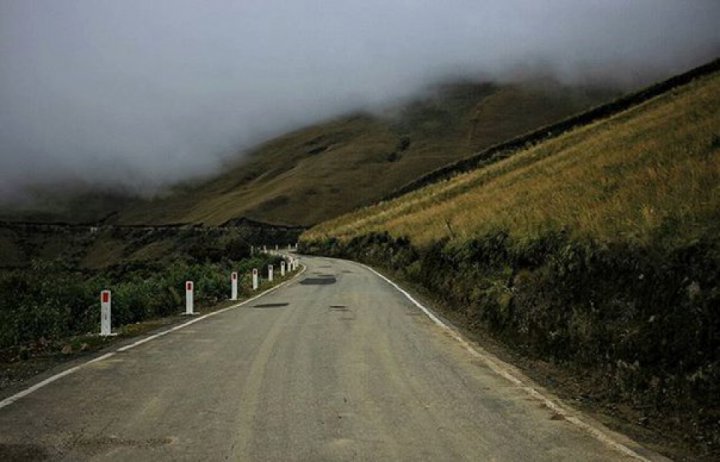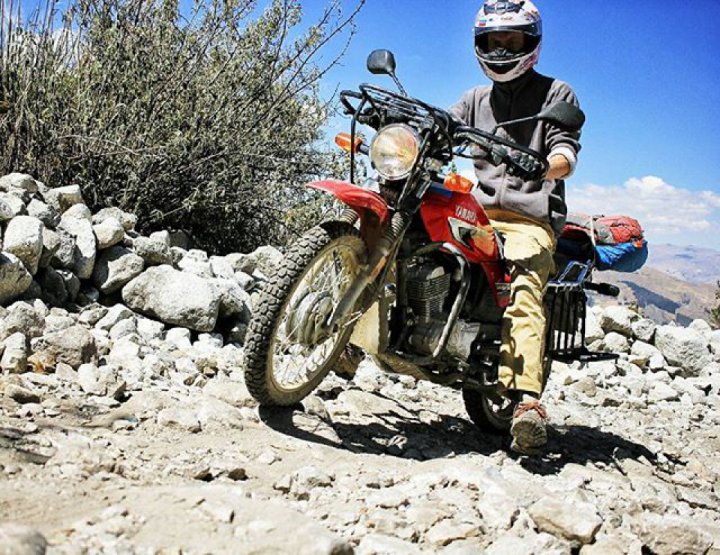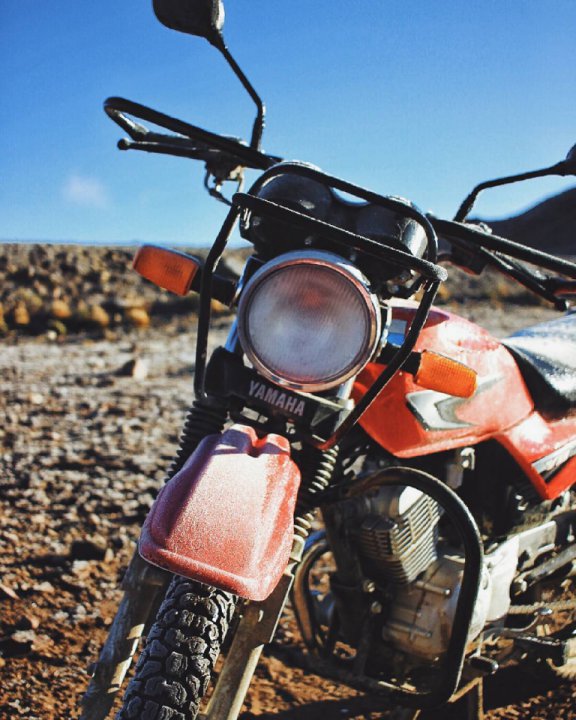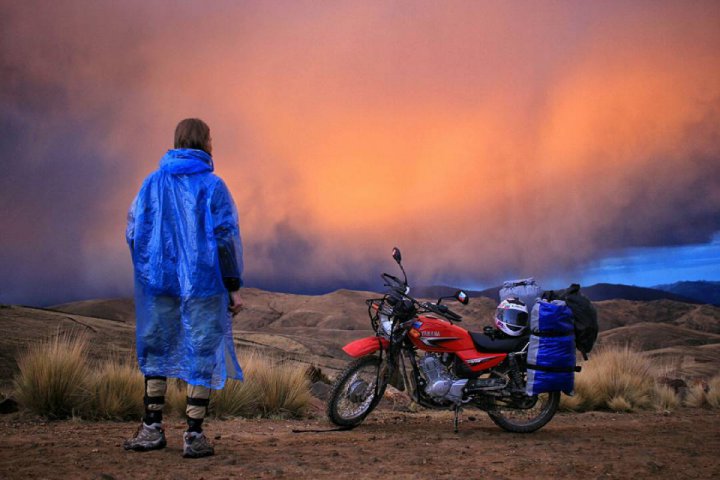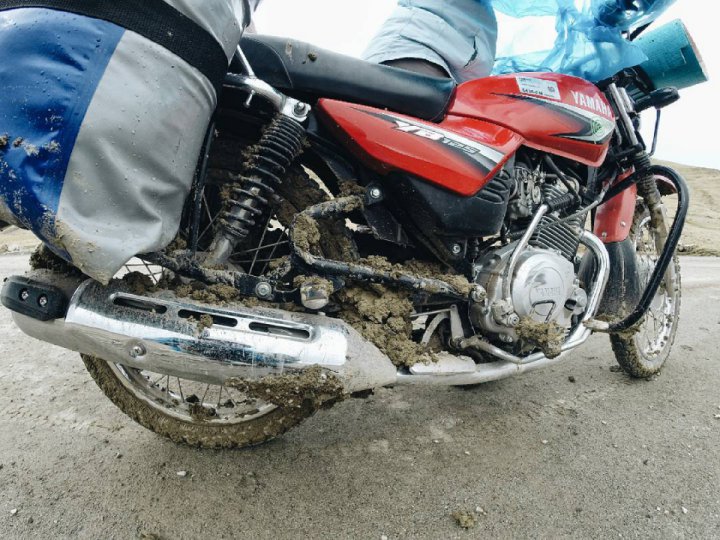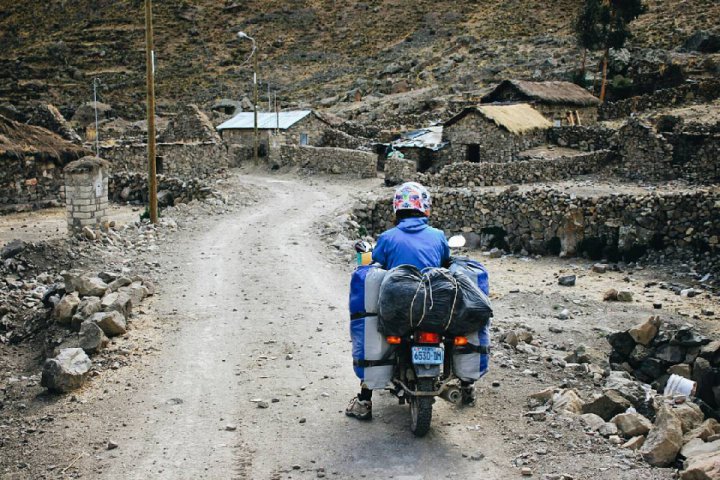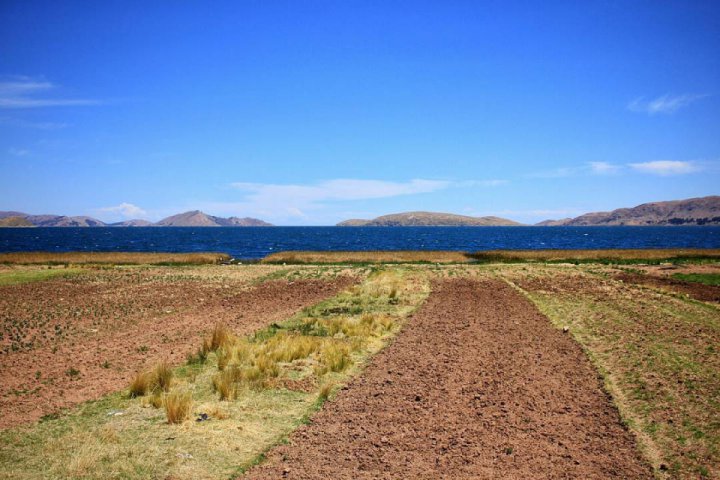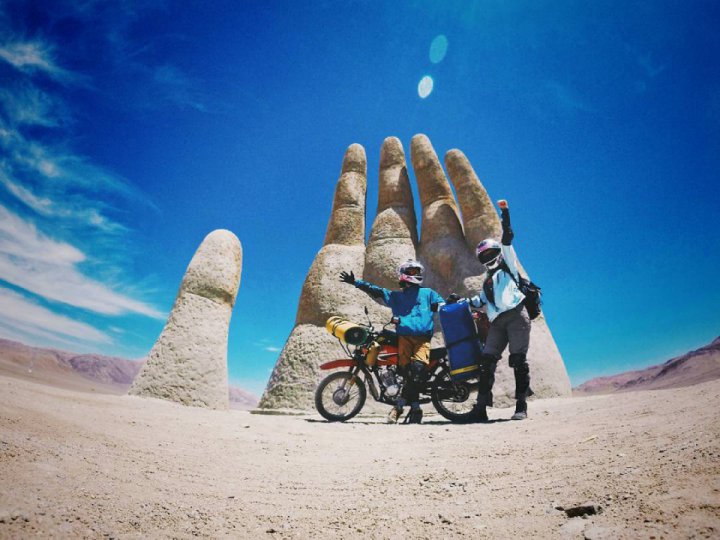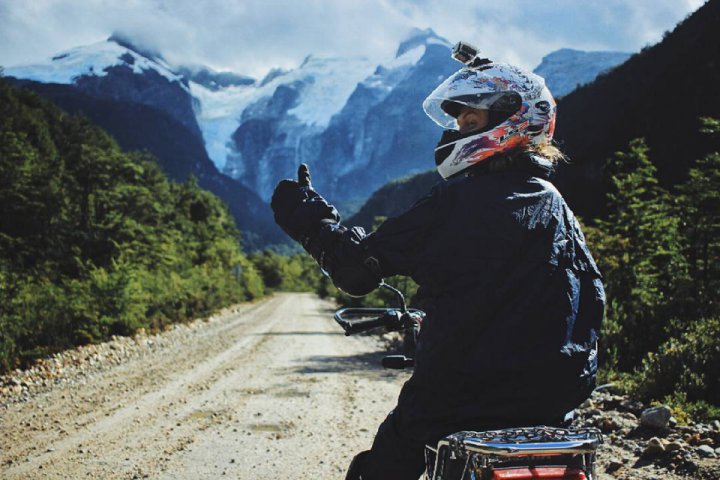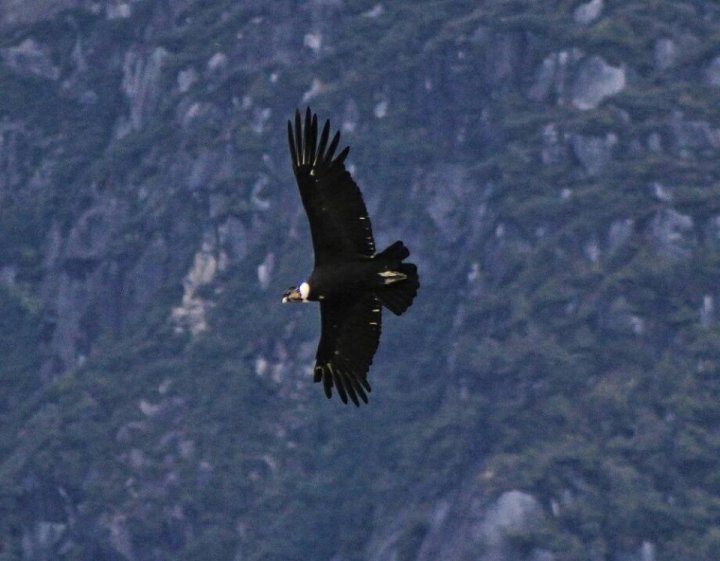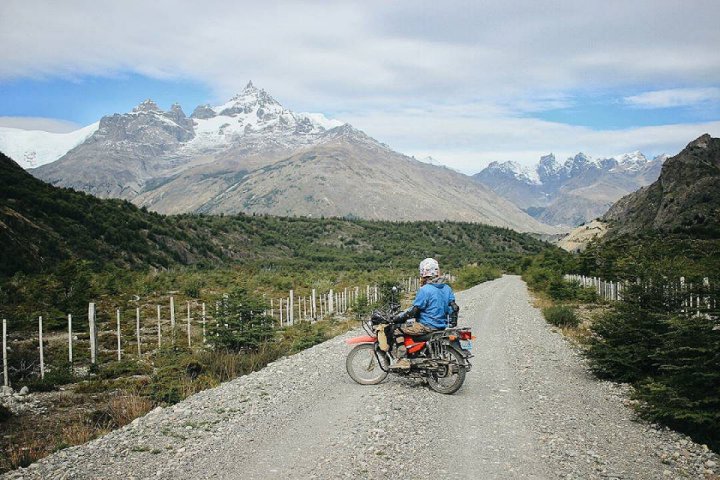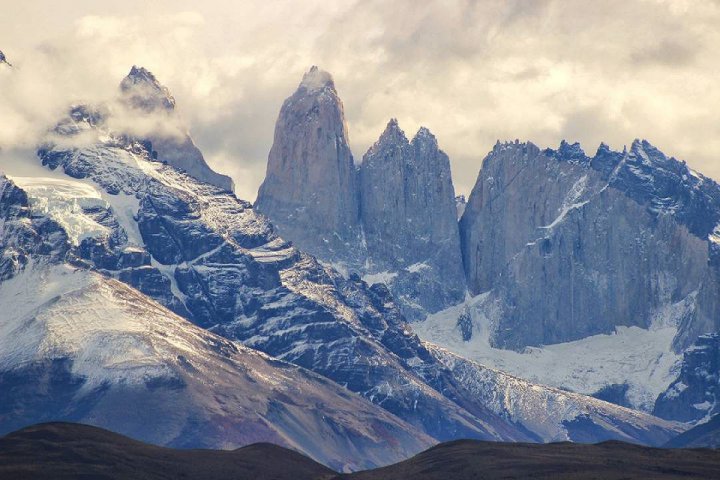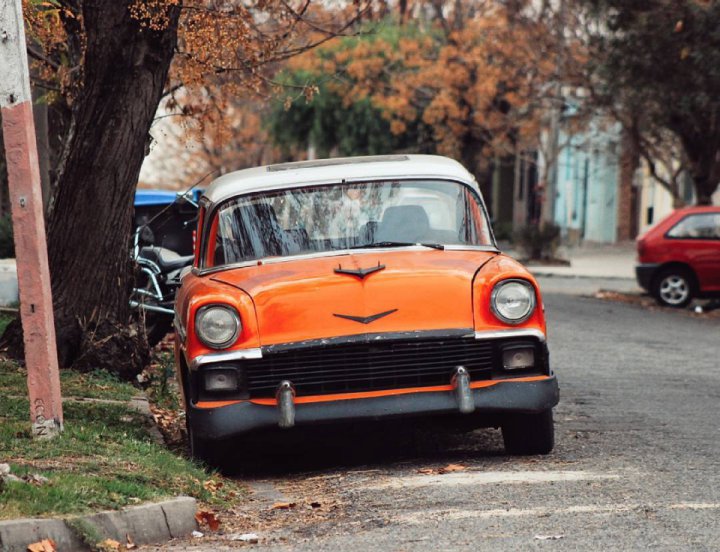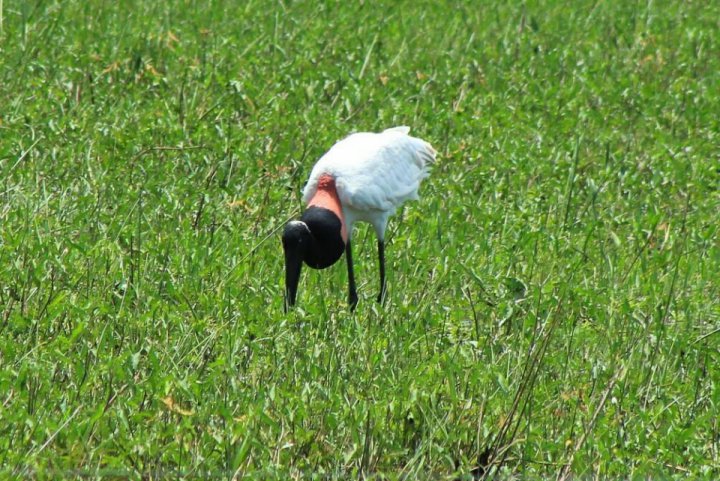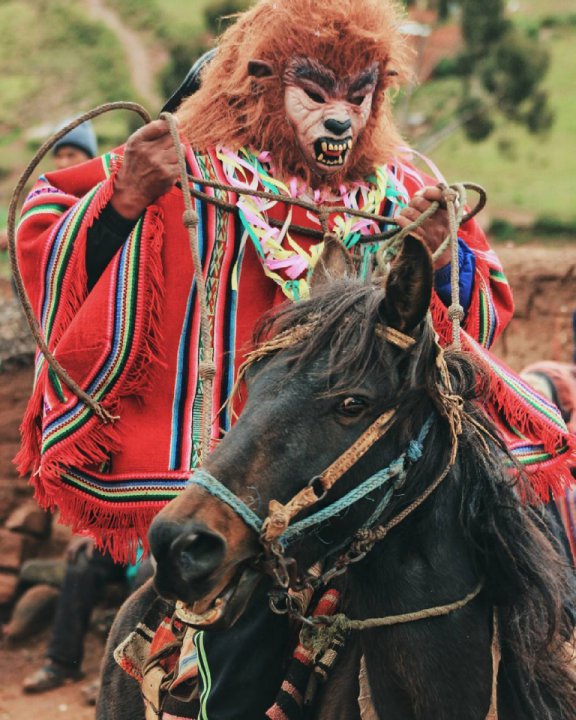Adventures of YB125 in Peru, part 3
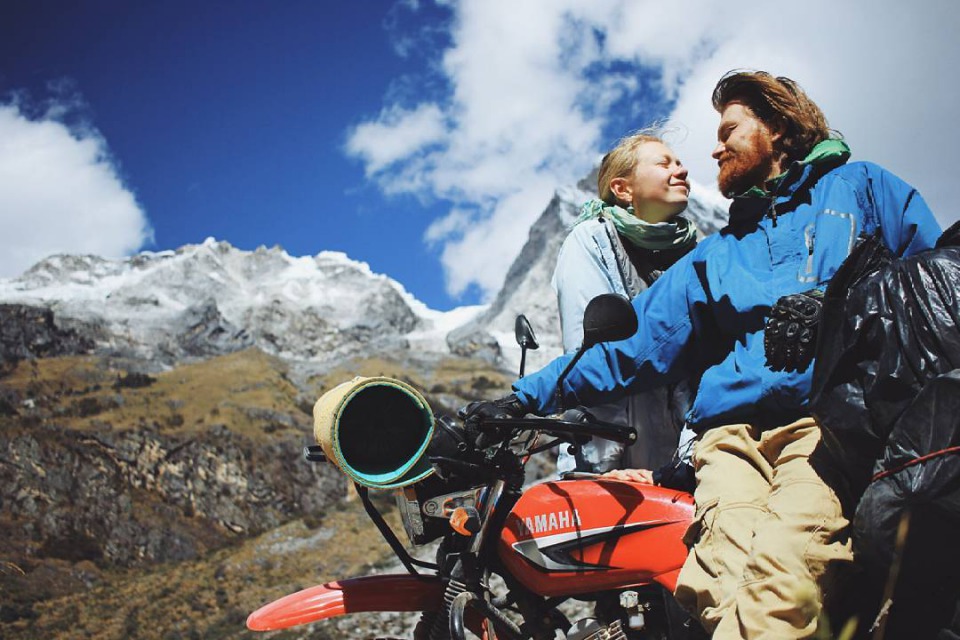
In the next two parts we will get from the glaciers of Uskaran to Cuzco with a stop in Lima, Paracas, past the Nazca lines. Let's go! (carefully, a lot of photos behind).
Huaskaran is the highest point of Peru (6768m) and the fourth highest mountain in South America. And also Uzkaran is a whole national park not far from Huaras, the center of the Ankash region, where we lived for a month. In this national park there are a lot of crystal clear lakes with incredible color of water. There are real glaciers, rumbling, when clumps of ice fall and crumble. In general, there is very beautiful.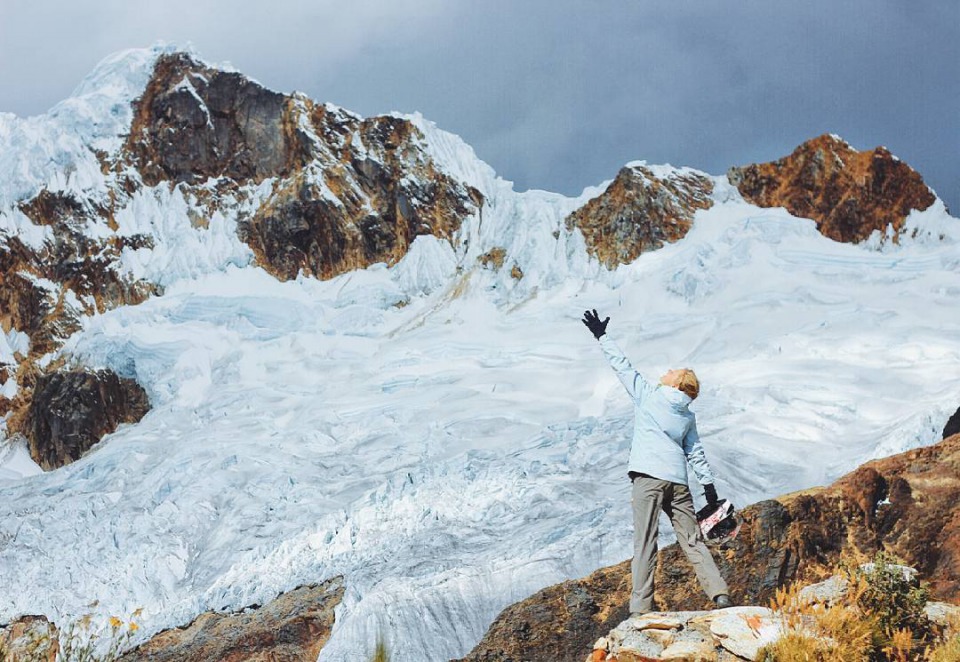
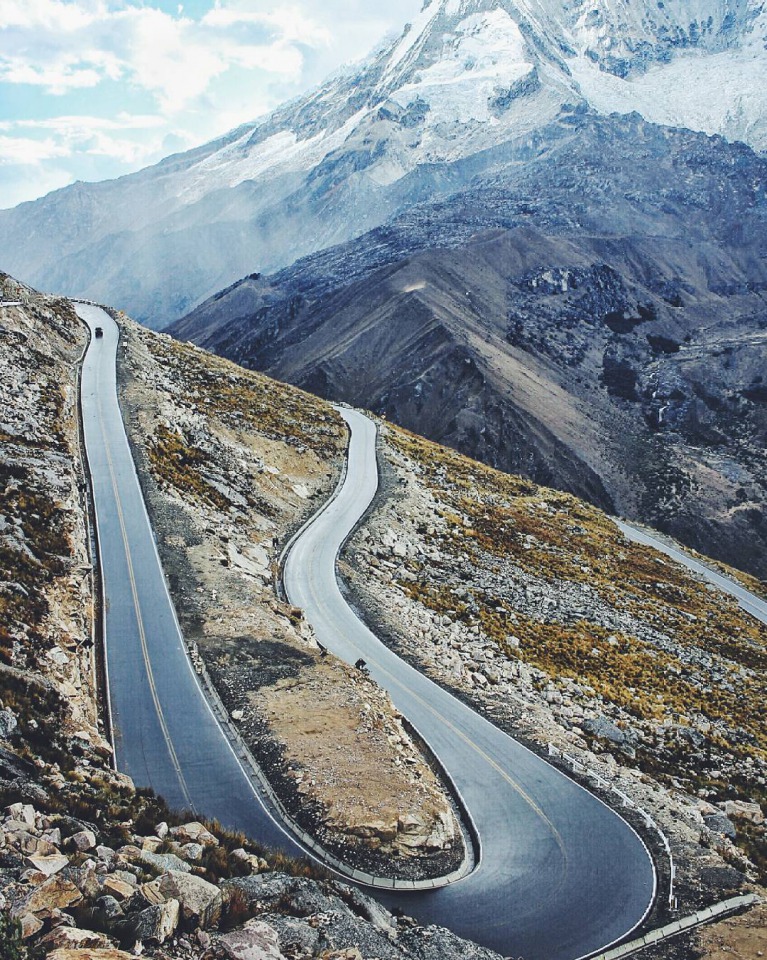
Huaskaran is part of the Cordillera-Blanca mountain range. And this is all the Andes!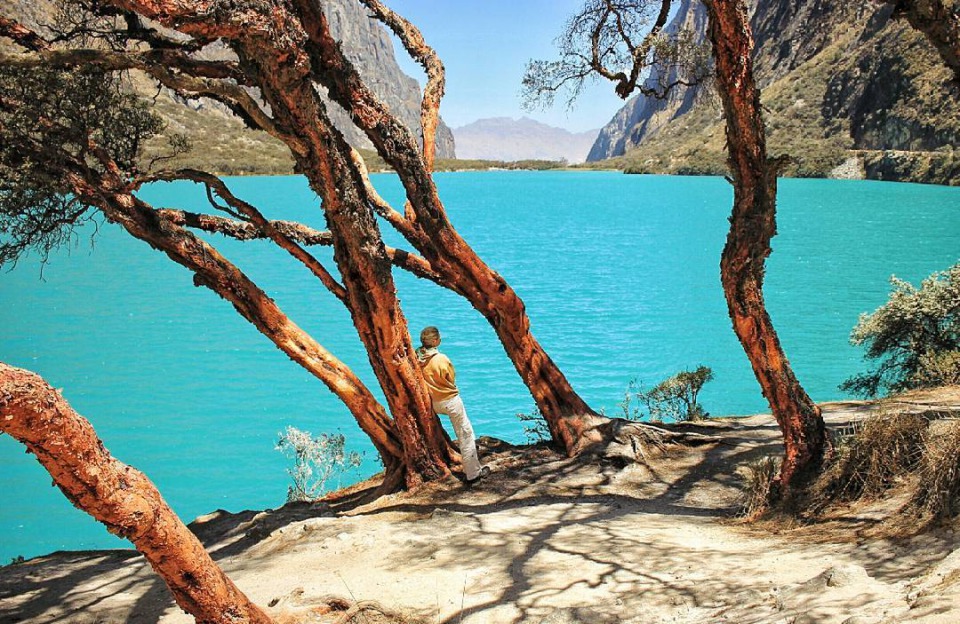
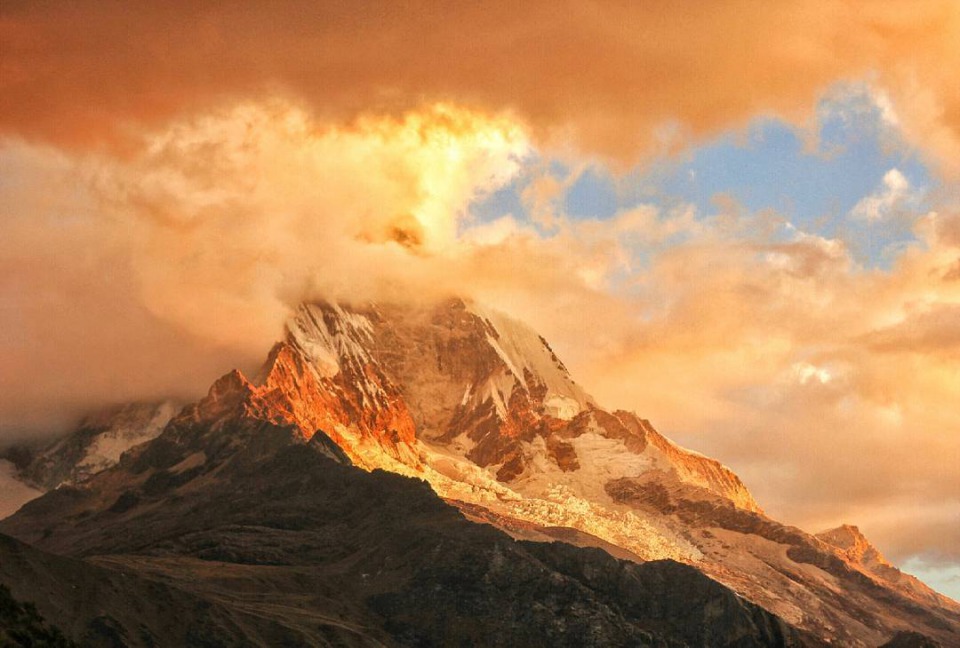
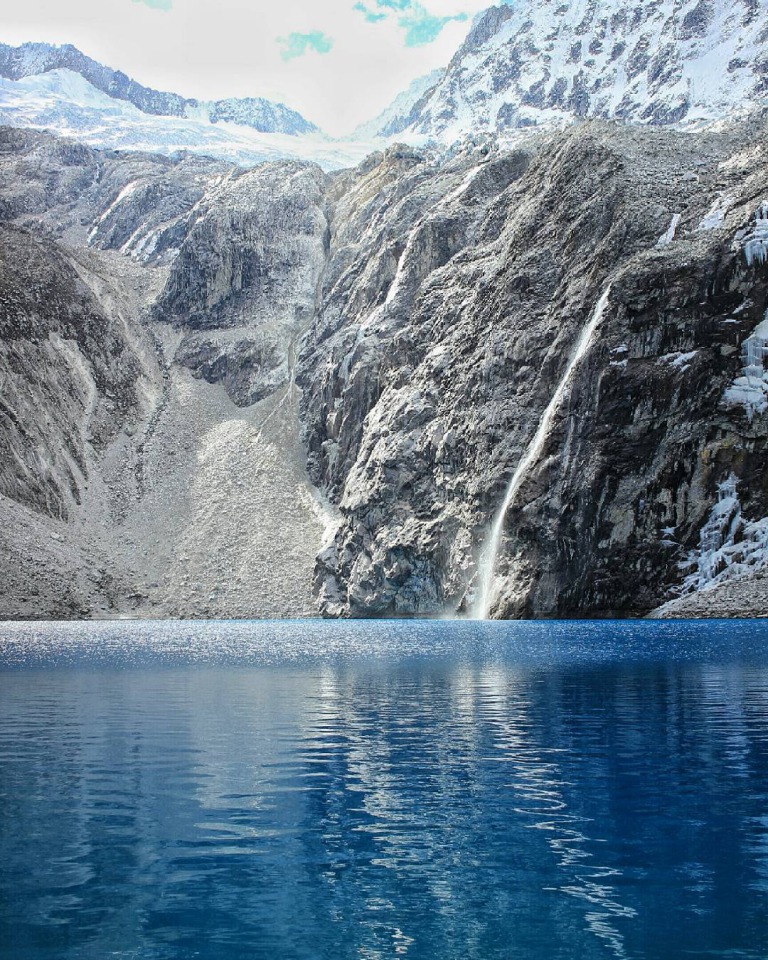
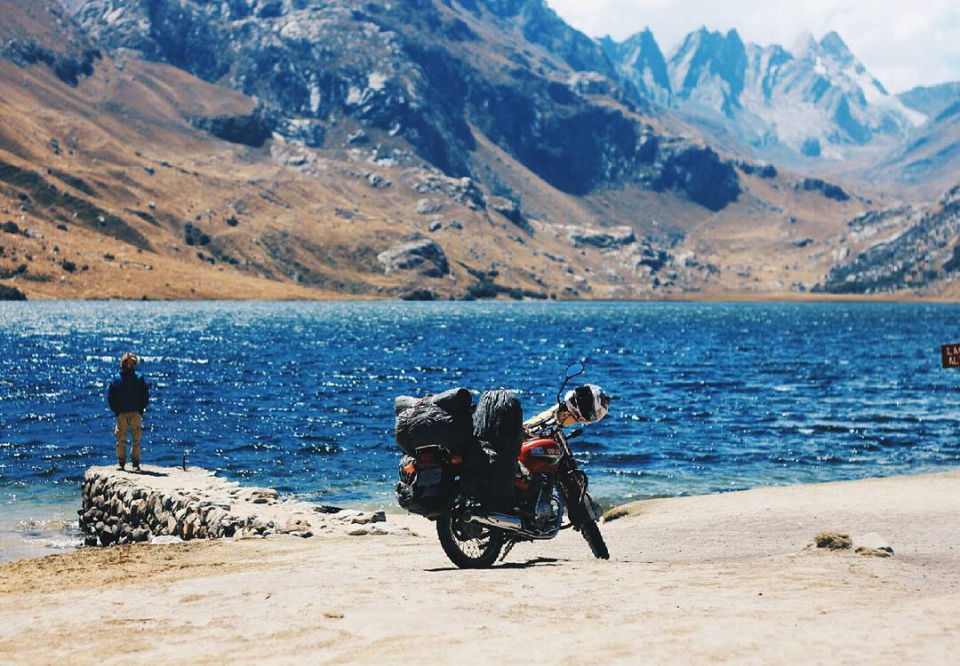
Two times the city of Huaraz was almost completely destroyed during the earthquakes. But not the earthquakes themselves caused the disaster. It just washed twice. Earthquakes caused the destruction of the dam in one case, and in the other the discharge of glaciers. The glaciers collapsed into the lakes and this caused powerful waves, which turned into terrible mudflows in the valleys.
From the great lake Palkakocha pipes are laid to ensure that in the event of the collapse of glaciers (here they are especially massive and descend to the water itself), the wave does not slide into the valley, mixing with stones, does not gain power and does not turn into a selenium, and get out in the same form of the river :) Brilliant!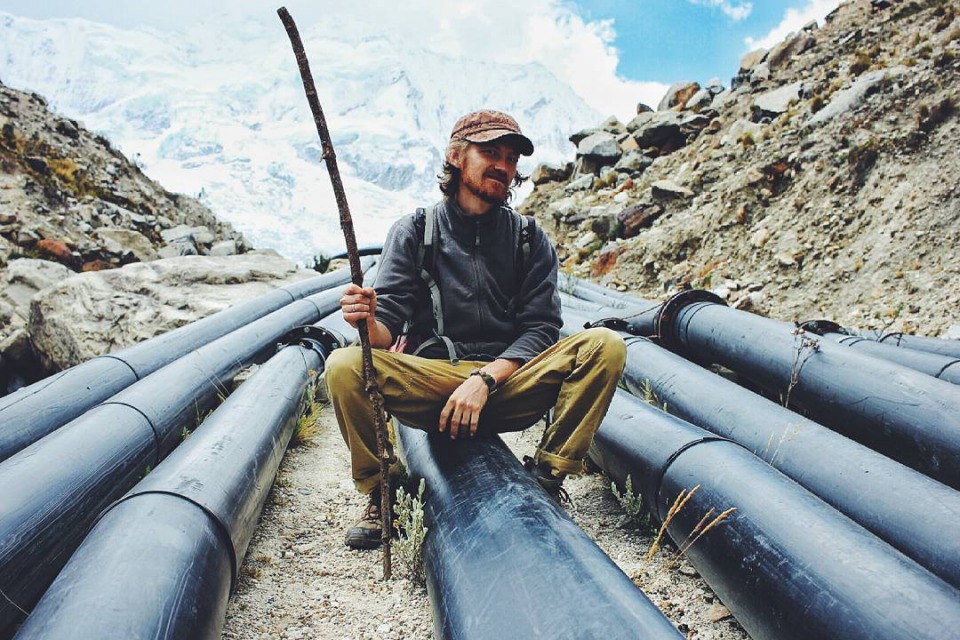
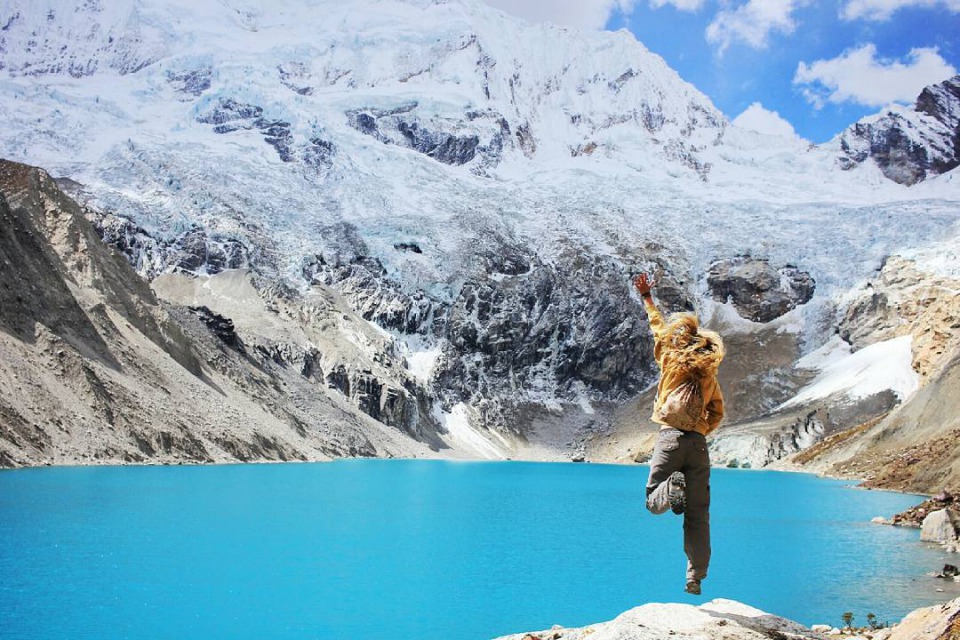
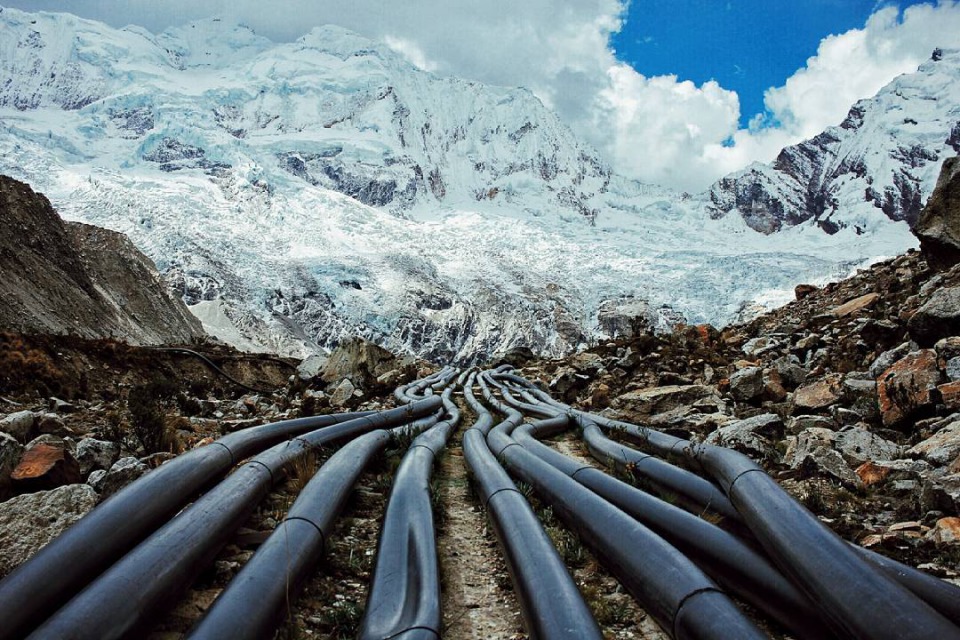
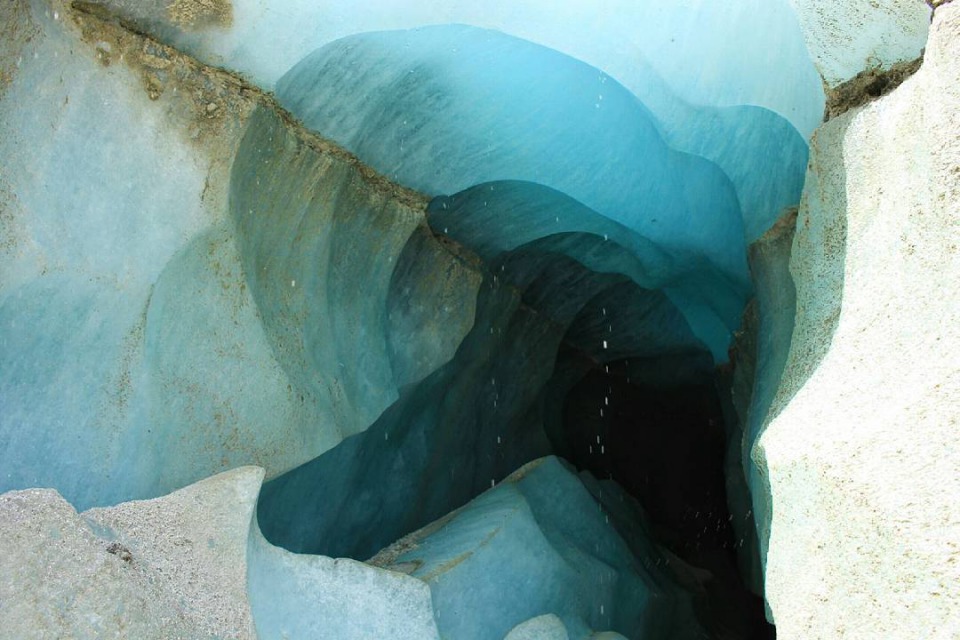
Some interesting facts
Peruvian naked dogs do not genetically have lateral teeth. Therefore, some dogs fall out of the tongue ... irrevocably. I mean, it's hanging and covered with skin. The spectacle is not for the faint-hearted))) but they live so without teeth and hanging tongue. To old age. It's not the first thousand years.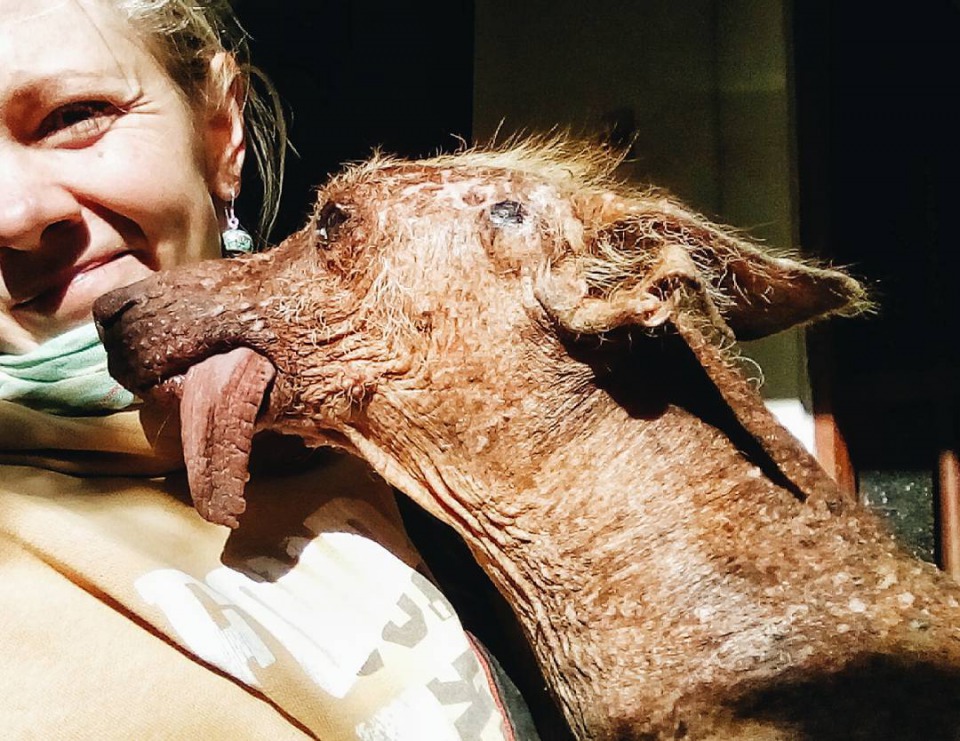
Kushyro (or kushchuro), these green balls are called so here, which for thousands of years have been an important element of the nutrition of the cultures that inhabited the high Andes, and in particular the Cordillera Blanca. These balls, similar to grapes (there are up to 8 cm in diameter) - colonies of a special kind of cyanobacteria. External bacteria transform with time into a protective "skin", and inside there remains a jelly mass. These bacteria live in mountain lakes and prefer only pure water. The number reaches a maximum in the rainy season, then they are massively collected by local residents. Kuschuro is most often used in soups. These very "grapes" are incredibly rich in protein and ahead of chicken in its content.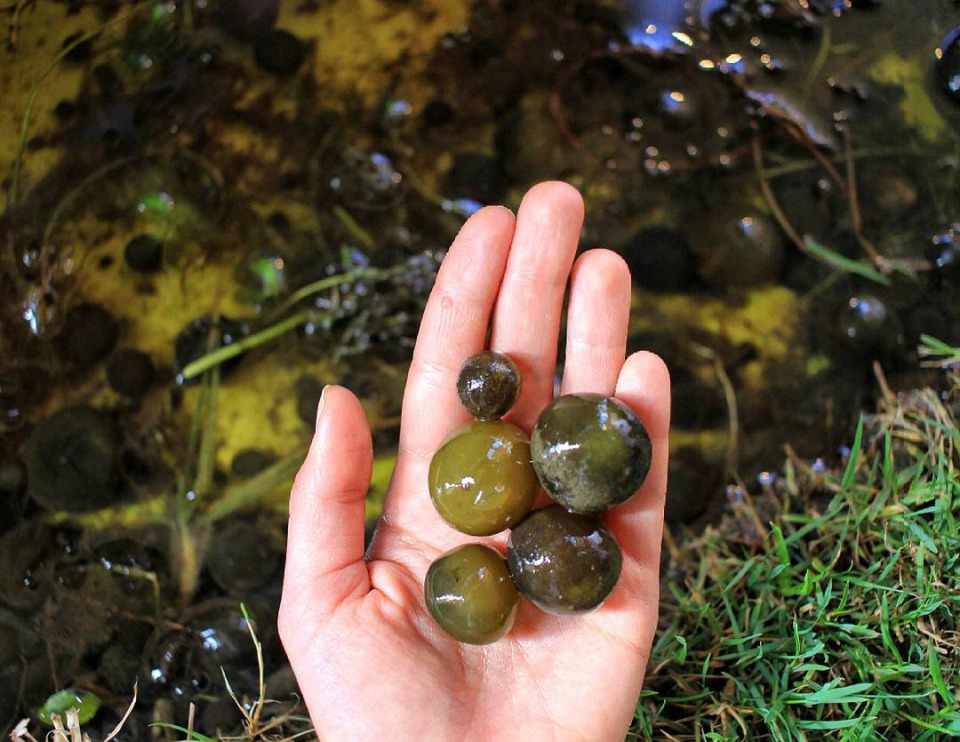
There are more than 4000 kinds of potatoes in Peru! For example, in the Ankash region, more than 200 types of potatoes are grown (several of them are unique, they can not be found in other parts of the country). They all differ in taste, color, shape, weight, the number of tubers from the bush, the time of ripening, the height of cultivation, the qualities of storage, nutritional qualities, and so on.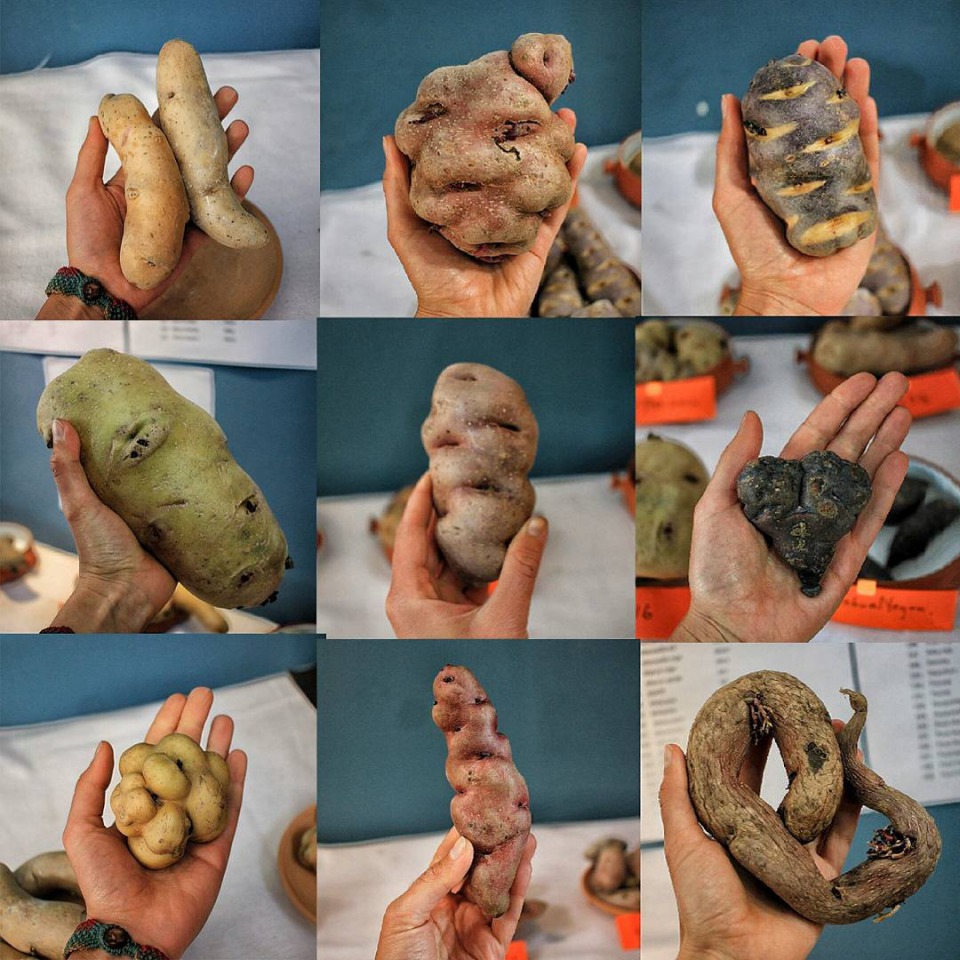
Quinoa. Amazing croup, which recently very successfully replaced us buckwheat. Useful properties of cereals can be listed endlessly.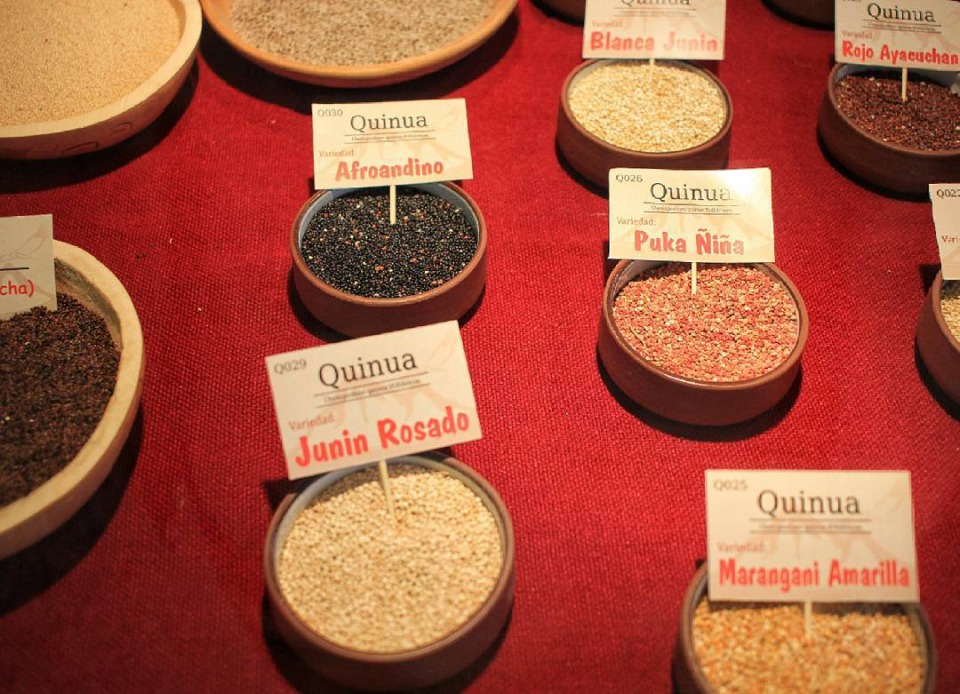
In Huaraz, we stopped to complete the interactive map on our website, where you can see the current location of the motorcycle, the altitude, the temperature, the traversed route and the approximate next point. And as soon as things were done, we again moved to the mountains.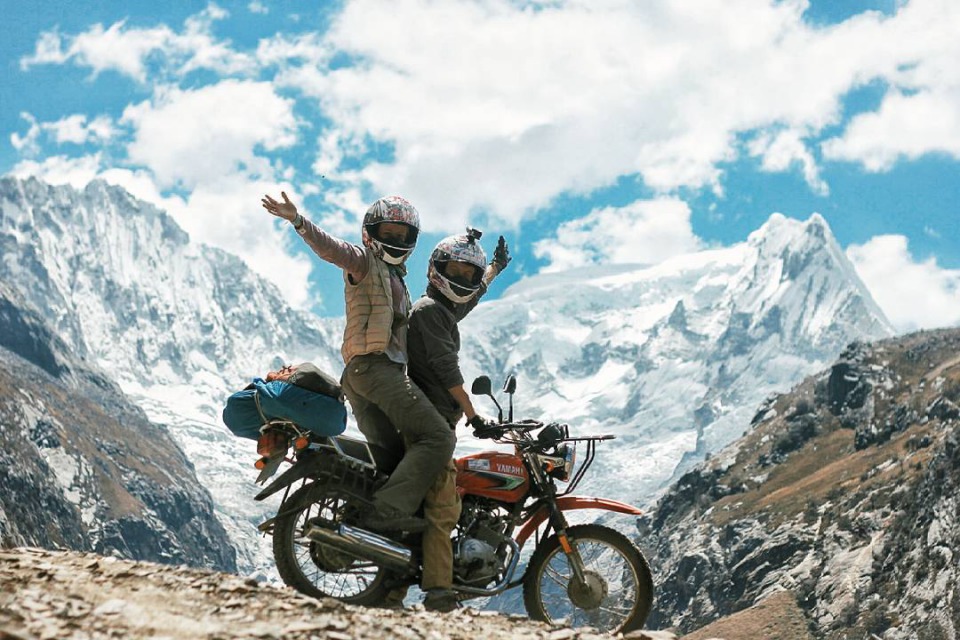
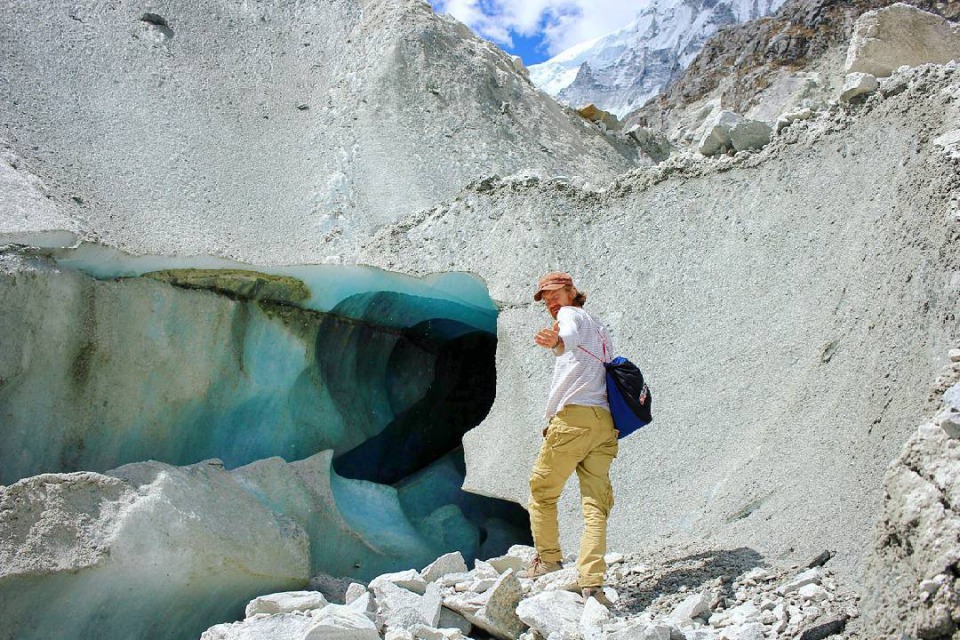
Found ancient petroglyphs.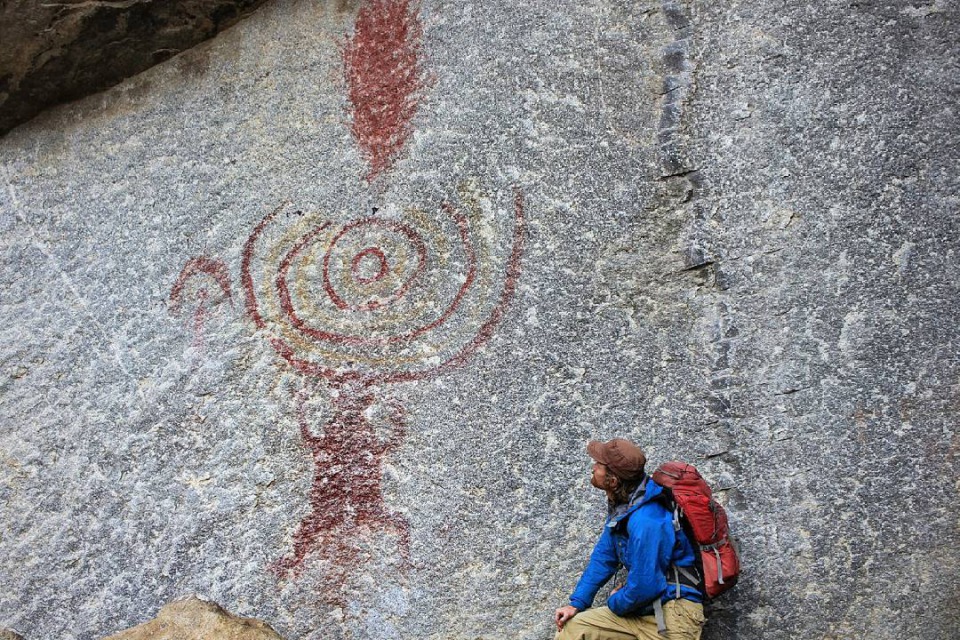
Found huge flowers.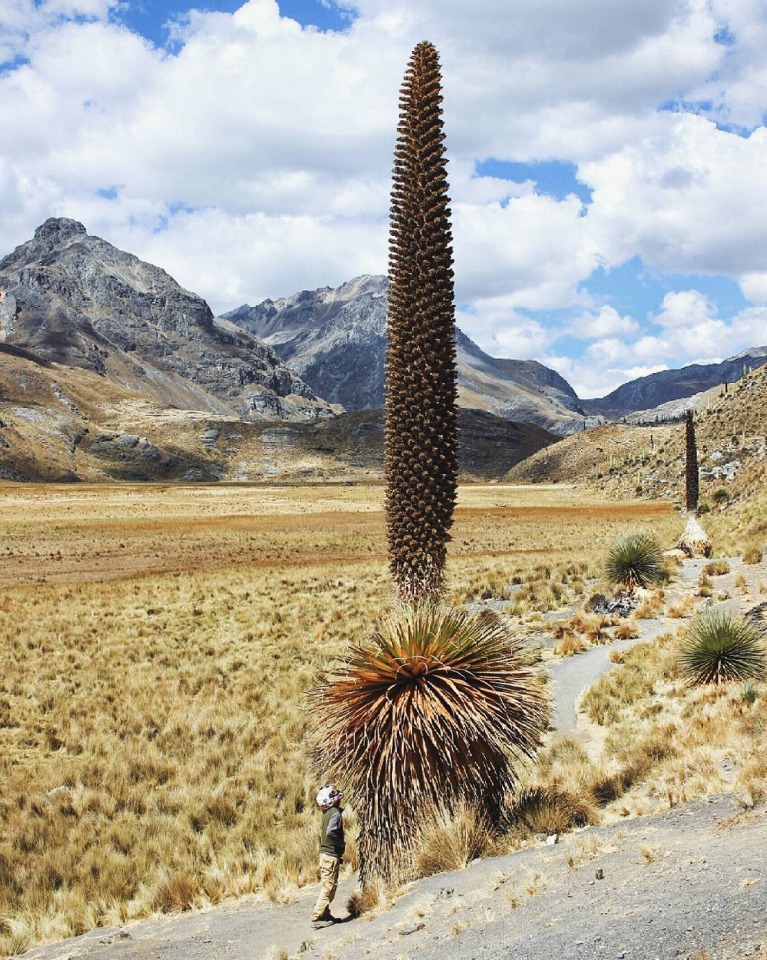
To be continued....
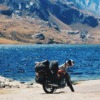
 Follow
3.7K
Follow
3.7K

